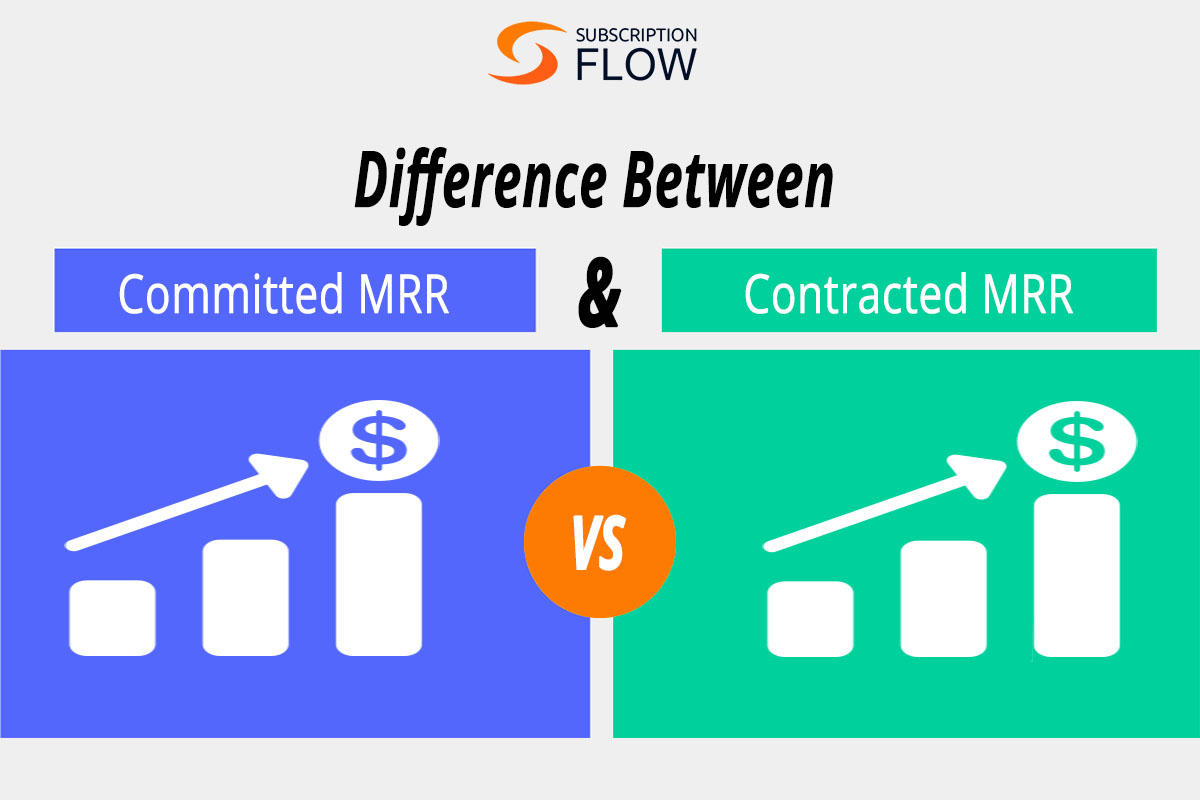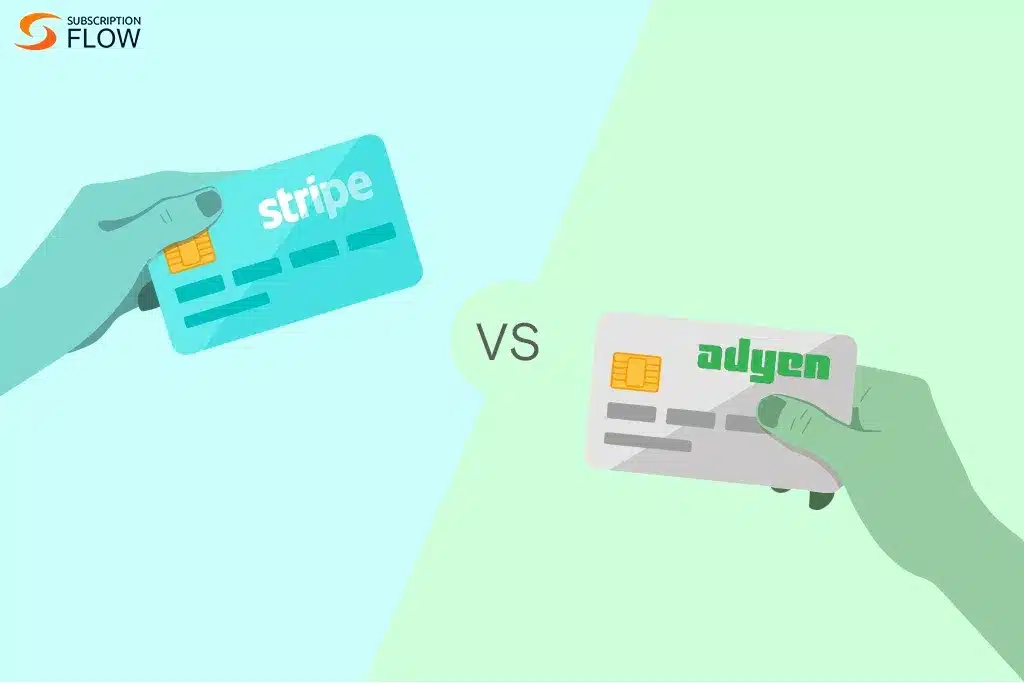
What Is CMRR and How Does It Help the SaaS and Subscription Businesses In Forecasting the Recurring Revenue?
In the SaaS businesses, business intelligence and business analytics, often known as SaaS Intelligence, plays a critical role in growing and managing recurring revenue. Subscription businesses need to monitor and measure their recurring revenue constantly in order to find out the profit the SaaS Company or any other subscription business is making while recurring revenue through subscriptions.
Here comes the SaaS reporting and the data analytics that allow SaaS services providers to identify how, when, and why the recurring revenue in a term is tapping or have stopped tapping.
To monitor and measure the recurring revenue, some of the key metrics that are used in a SaaS are MRR—Monthly Recurring Revenue or ARR—Annual Recurring Revenue.
Several Components of the MRR are measured which figure out how net monthly recurring revenue has streamed in a time span.
One other important metric to track and foretell the recurring revenue stability is CMRR.
In this article, we will understand what actually the CMRR is, how is it different from the MRR, How it can be measured and monitored, and why it has a key role in the SaaS business revenue management.
What is CMRR?
CMRR is an acronym and stands for Contracted Monthly Recurring Revenue or Committed Monthly Recurring Revenue.
For many, they are the same metrics, which they are, however, some SaaS revenue experts suggest a marginal difference between the two.
We will see it in the coming section, later.
Let’s explain to you what actually the CMRR is?
Defining CMRR is complicated.
So, if you are looking for an industrial definition, you will be disappointed.
SaaS and other subscription companies determine their own explanation of the metric.
In general, CMRR can be defined as the fixed or recognized recurring portion of the subscription revenue.
In a SaaS or different sorts of subscription business, CMRR is a projection of guaranteed monthly recurring revenue in a near-future. It is a metric used to acquire a more precise projection of the income than the monthly recurring revenue only.
So, it can be considered as a prediction metric that includes all the recognized monthly recurring revenue into their account with any new subscriptions, cancellations, or mid-of-the-cycle subscription changes, such as plan upgrades, downgrades, or pause.
Any non-recurring revenue, such as a one-time installation fee or connection fee, does not make a part of the contracted or committed recurring revenue.
This metric reflects the minimum and guaranteed portion of the recurring revenue of the SaaS or subscription business that the banks investigate before issuing the credit card or through which investors are attracted when the business expansion proposals are unearthed.
Also Read: Three Core Metrics to Measure Subscription Business Growth
Contracted or Committed—What CMRR Stands For and How the Two Are Different?
Contracted Monthly Recurring Revenue and the Committed Monthly Recurring Revenue are the two terms coined independently but, are widely used interchangeably.
They both, to a great extent, are almost the same and are understood as the value of the contracted recurring portion of subscription revenue.
In the term-based subscription businesses, the CMRR is considered as the contracted monthly recurring revenue that includes only the contractually guaranteed revenues as the value covers the recognized revenue from the new subscriptions to the end of the subscriptions.
The non-recurring revenues are not part of the contracted or committed recurring revenue.
Let’s understand it with an example of a telecom subscription, a customer subscribes to a telecom subscription for $9.99 a month with $0.99 calling/min. charges. It also costs one-time installation charges of $9.99.
Here the recognized or guaranteed portion of the recurring revenue is $9.99 a month, whereas the other one-time installation charges of $9.99 are not included in the CMRR calculations.
MRR Vs. CMRR
MRR or Monthly Recurring Revenue refers to the effective monthly revenue collected from all the recurring billing accounts or subscriptions. It also predicts the recurring revenue for the coming or next months and hence instantly identifies the leakages or the growth in the recurring revenue.
MRR includes revenue collected every month after recurring items in the cart, such as Coupons, Discounts, Recurring Add-ons, or any other recurring ad-hoc charges. It does not include taxes, one-time setup or installation fee, or any other non-recurring charges.
It projects the overall view of the recurring revenue collected in a month by combining all the components of the MRR that includes
- New MRR
- Expansion MRR
- Contraction MRR
- Reactivation MRR
- Churned MRR
- Net MRR
However, it does not cover forecasting the recurring revenue, accurately. Using CMRR, the SaaS or other subscription companies can predict their income for a particular future period.
Also Read: What is MRR, And, Why Is It Inevitable for Measuring Recurring Revenue for Subscription Businesses?
Understanding the CMRR Calculations
To learn more about the calculation of the CMRR, it is required to understand the different components of the CMRR that are required to project the recognized monthly recurring revenue for the near future.
CMRR is not independent of the monthly recurring revenue or MRR metric. To calculate the CMRR, you essentially need MRR. The other components that are the part of the CMRR calculations are:
- The Guaranteed Recurring Revenue Portion of the New MRR—it is the new guaranteed portion of the recurring revenue of a subscription account becoming the part of the recognized recurring revenue stream.
- The Guaranteed Recurring Revenue Portion of Expansion MRR—it is the expected contracted upgrade of a subscription account after a certain period or pre-defined conditions.
- The Guaranteed Recurring Revenue Portion of Contraction MRR—it is the expected downgrade of a subscription account because of the term-end or any other churn reasons.
(P.S: Contracted Monthly Recurring Revenue is different from the Contraction Monthly Recurring Revenue. Contraction MRR is the reduction in the recurring payment in a New MRR when the subscriber downgrades a subscription plan.)
CMRR Formula
Most SaaS companies use the following simple formula to calculate the contracted
CMRR = MRR + Guaranteed Recurring Revenue Portion of Expansion MRR – Guaranteed Recurring Revenue Portion of Contraction MRR
How CMRR Is Useful For the SaaS and Subscription Businesses?
CMRR solely is capable of providing SaaS businesses the forecasting of their income in the future. It lays the foundation for business expansion and growth. It filters out the actual profit a SaaS company has made with the recurring revenue tapping.
Focusing on CMRR monitoring and measurement allows the SaaS and the subscription businesses to drive more behavioral changes to develop a product, managing the recurring revenue, building the customer base, attracting the investors for the business expansion, calculating and utilizing their monetary resources, managing cash flow alignment, reducing the subscription frictions, and accounting smaller recognized recurring revenue changes.
Some of the significant use cases for the CMRR are:
- CMRR is all an investor wants to look into—striving to procure more value with the higher CMRR, the SaaS businesses can expand their ventures.
- Each component of the CMRR gives detailed insights on how and when you have made the recurring revenue and when have you lost it?
- Calculations of the CMRR unblur the values projected by the Monthly Recurring Revenue Calculations.
In the longer Subscription cycles, CMRR is the most relevant metric to project accurate prediction for the recurring revenue growth in the enterprise-targeted businesses.










